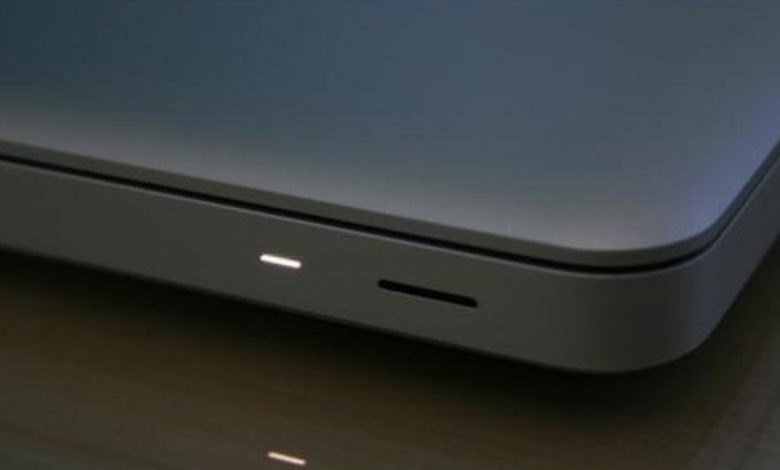
PCs can rest, rest, shut down, or, sometimes, utilize a half-breed rest. Get familiar with the distinctions and choose what’s appropriate for your PC.
Certain individuals leave their PCs running every minute of every day, while others shut down PCs the second they step away. PCs you to be power cognizant with regards to your propensities—particularly when running on battery.
Every choice enjoys its benefits and impediments, so we should investigate them.
Shut Down vs. Sleep vs. Hibernate
Every one of the four shut down states seems to stop your PC, however, they all work in an unexpected way.
Close Down: This is the force off state the majority of us know about. At the point when you shut down your PC, all your open projects close and the PC closes down your working framework. A PC that is closed down utilizes basically no force. Be that as it may, when you need to utilize your PC once more, you’ll need to turn it on and go through the normal boot-up measure, trusting that your equipment will instate and startup projects to stack. Contingent upon your framework, this can take anyplace from a couple of moments to a couple of moments.
Rest: In rest mode, the PC enters a low-power state. The PC’s state is kept in memory, yet different pieces of the PC are closed down and will not utilize any force. At the point when you turn on the PC, it snaps back to life rapidly—you will not need to sit tight for it to boot up. All that will be correct where you left of, including running applications and open reports.
Rest: Your PC saves its present status to your hard drive, basically unloading the substance of its memory to a record. At the point when you boot up the PC, it stacks the past state from your hard drive back to memory. This permits you to save your PC’s state, including all your open projects and information, and return to it later. It takes more time to continue from rest than rest, yet rest utilizes substantially less force than rest. A PC that is resting utilizes about the very measure of force as a PC that is closed down.
Mixture: Hybrid mode is truly expected for work area PCs and ought to be crippled of course for most PCs. In any case, you may go over the choice eventually. The mixture resembles a blend of rest and sleep. Like rest, it saves your memory state to hard circle. Like rest, it likewise keeps a stream of force going to memory so you can wake the PC right away. The thought is that you can basically place your PC into a rest mode, yet at the same time be secured on the off chance that your PC loses power while dozing.
The explanation workstations don’t waste time with crossbreed mode is truly in light of the fact that they have a battery. On the off chance that you put your PC to bed and the battery turns out to be fundamentally low, the PC will consequently go into rest mode to save your state.
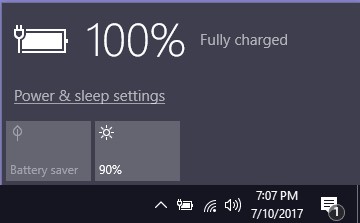
When To Shut Down, Sleep, and Hibernate
Various individuals treat their PCs in an unexpected way. Certain individuals consistently shut down their PCs and never exploit the comfort of the rest and sleep states, while certain individuals run their PCs all day, every day.
When To Sleep: Sleep is especially valuable in case you’re moving back from your PC for a modest quantity of time. You can take care of your PC to save power and battery power. At the point when you need to utilize your PC once more, you can continue from where you left off in only a couple of moments. Your PC will consistently be prepared to utilize when you need it. Rest isn’t exactly great in case you’re intending to be away from the PC for broadened periods, as the battery will ultimately run down.
When To Hibernate: Hibernate saves more force than rest. In the event that you will not be utilizing your PC for some time—say, in case you’re resting for the evening—you might need to sleep on your PC to save power and battery power. Rest is slower to continue from than rest. In case you’re resting or closing down your PC each time you move back from it for the duration of the day, you might be burning through a great deal of time sitting tight for it.
When To Shut Down: Most PCs will continue from rest quicker than from a full closed down state, so you’re presumably in an ideal situation sleeping your PC as opposed to closing it down. Nonetheless, a few PCs or programming may not work as expected while continuing from sleep, in which case you’ll need to close down your PC all things considered. It’s likewise a smart thought to close down (or if nothing else restart) your PC infrequently. Most Windows clients have seen that Windows needs an infrequent reboot. Yet, more often than not, rest ought to be okay.
The specific measure of force utilized by rest and rest relies upon the PC, in spite of the fact that rest mode, by and large, uses only a couple of a larger number of watts than sleep. Certain individuals might select to utilize rest rather than rest so their PCs will continue quicker. While it utilizes hardly greater power, it’s doubtlessly more force productive than leaving a PC running every minute of every day.
Rest is especially valuable to save battery power on PCs that aren’t connected. assuming you need to take your PC someplace and you would prefer not to squander important battery power, you’ll need to rest it as opposed to taking care of it.
Making Your Choice
Whenever you’ve settled on your decision, you can handle what happens when you press the force button on your PC or close the cover on your PC.
In Windows 7-10, hit Windows+R to open the Run box, type “powercfg.cpl,” and afterward hit Enter.
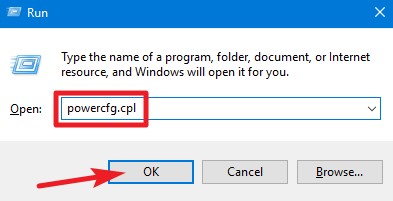
In the “Force Options” window, click the “Pick what force buttons do” connect on the left-hand side.
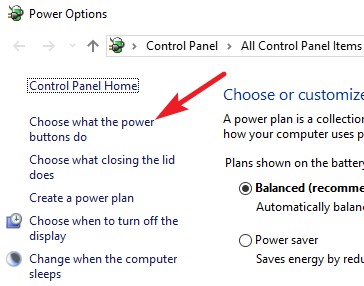
In the “Framework Settings” window, you can pick what squeezing the force button, rest button, or shutting the top does. What’s more, you can set those choices distinctively for when the PC is connected or running on battery.
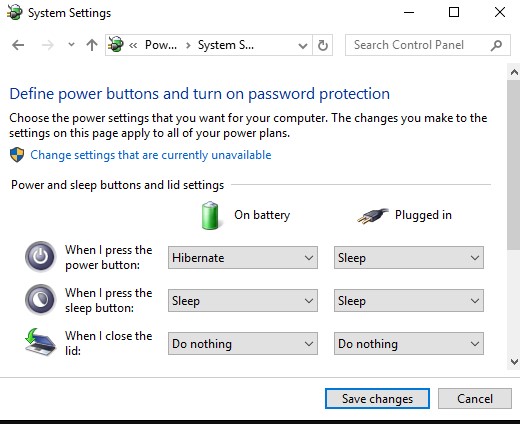
You additionally can alter your PC’s force-saving choices to control what it does consequently when you’ve left it inactive. Look at our article on rest versus sleep for more data. Furthermore, if, for reasons unknown, you’re utilizing a PC running Windows 8 or 10 that doesn’t give a rest choice, look at our manual for re-empowering hibernation.



